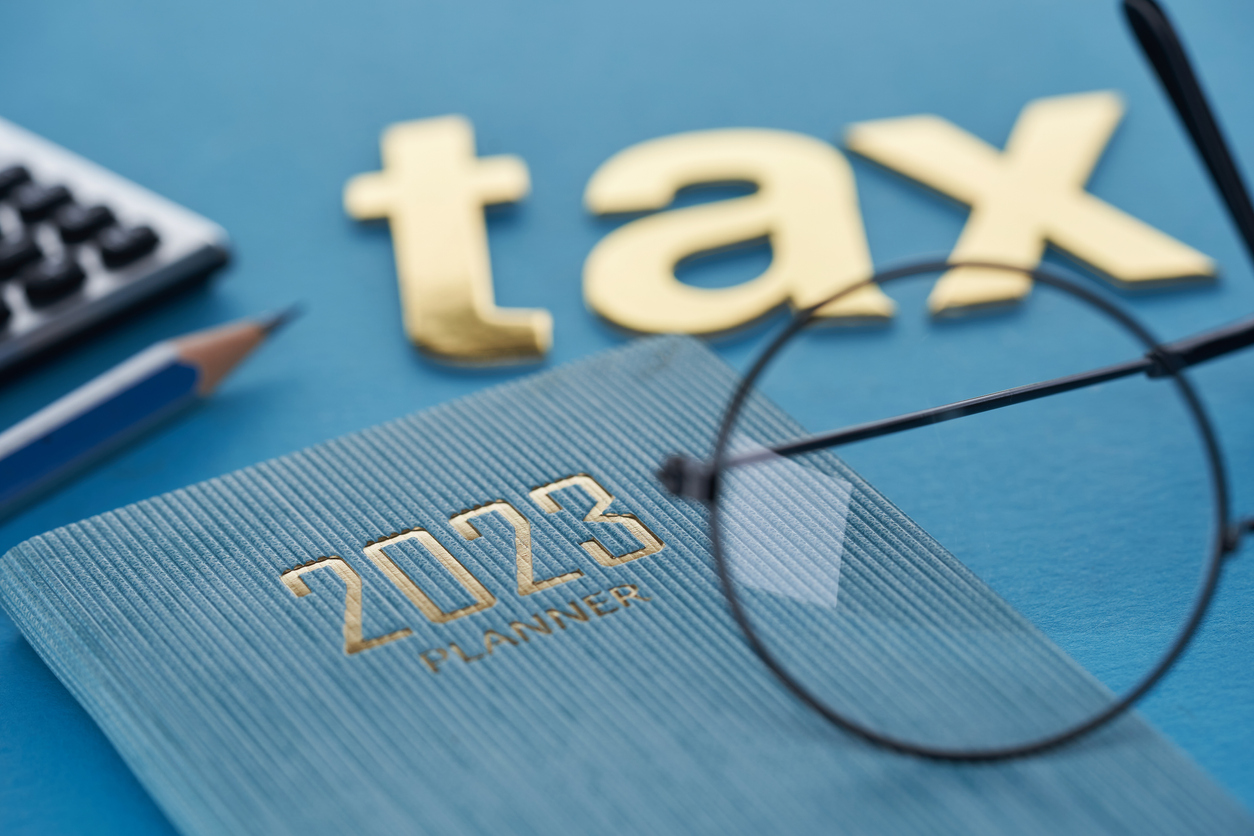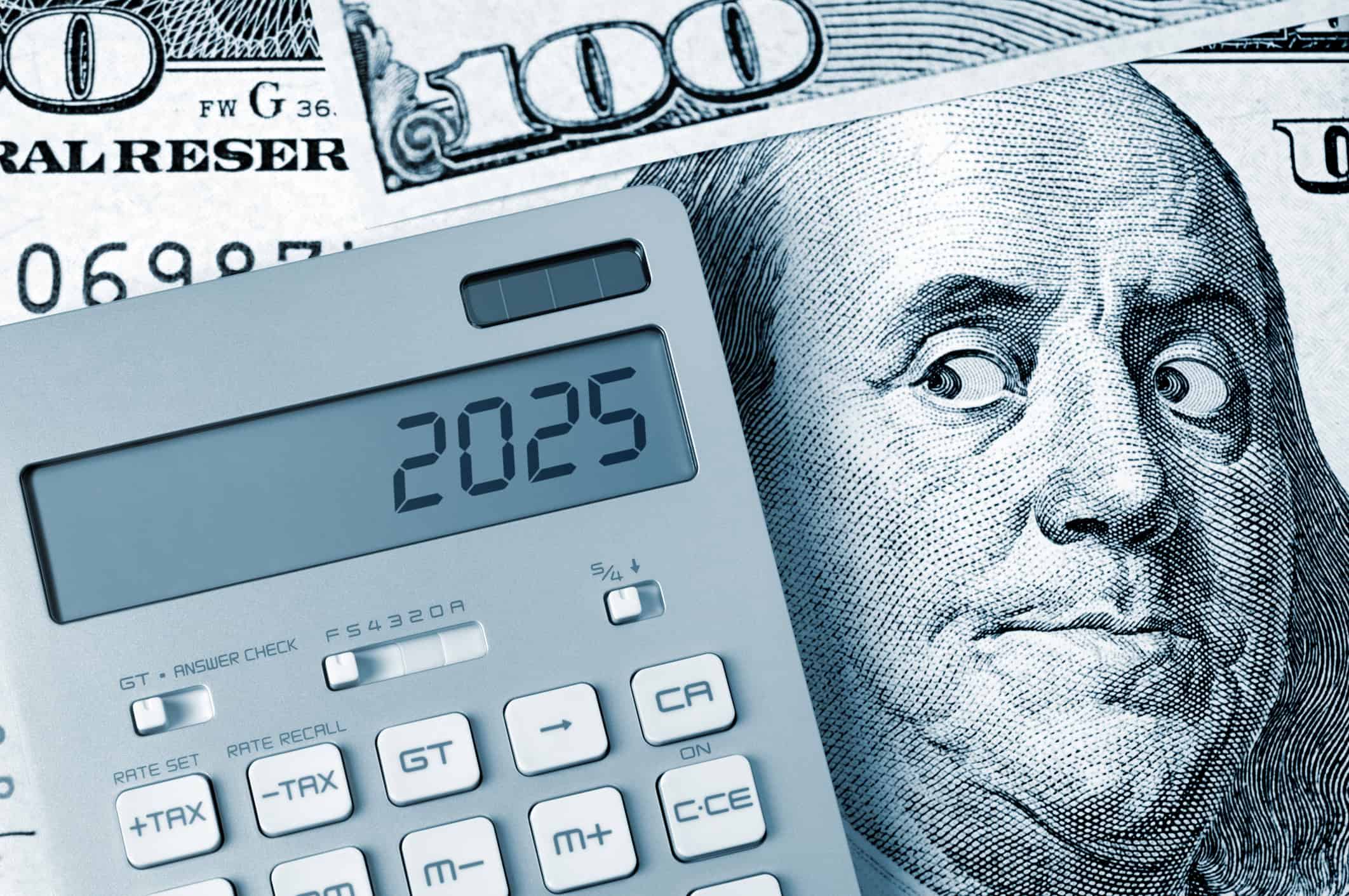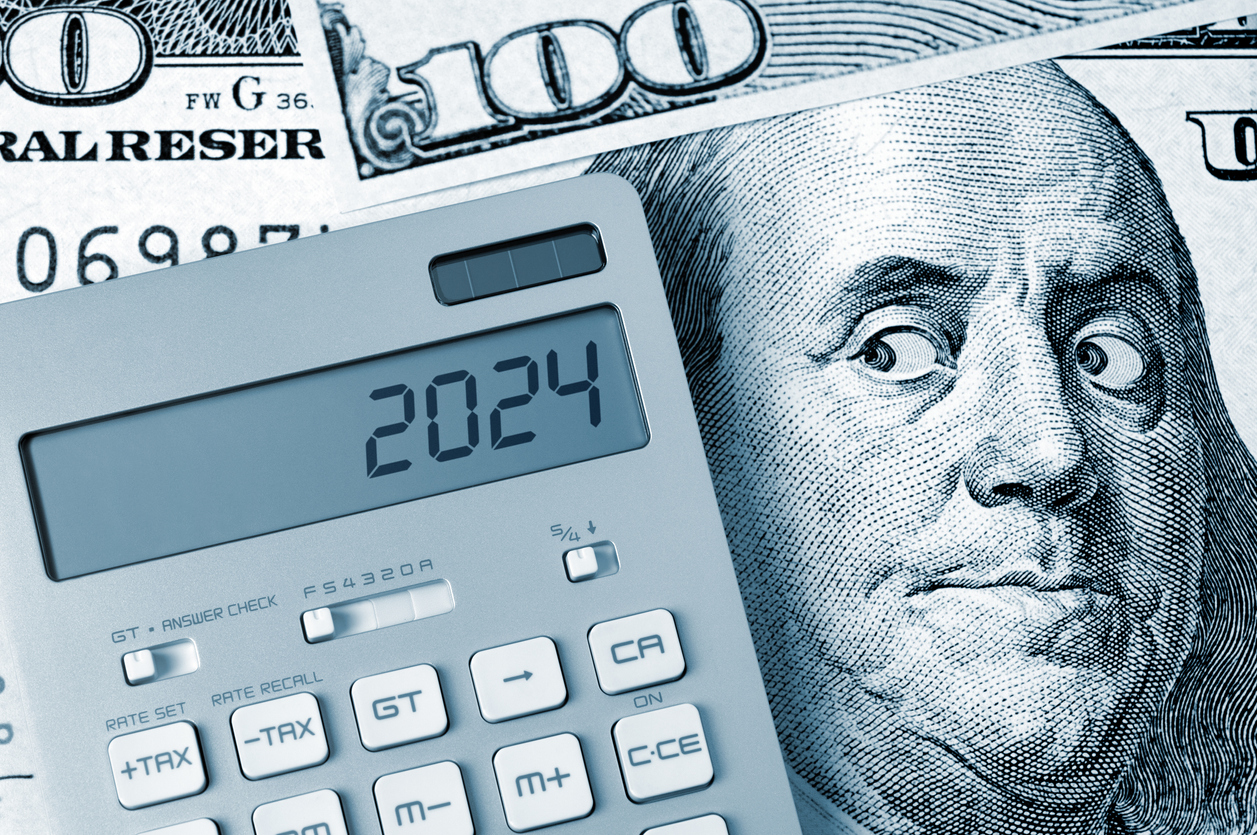
Asset Location: A Tax Lens on Retirement Investing
Asset Location is a retirement strategy that prioritizes investing in a combination of tax-free, tax-deferred, and taxable accounts to maximize after-tax returns. This mixture of accounts helps create a flexible income stream because each account has different tax treatments. So, while one account may have required minimum distributions that could increase your taxable income, another account may not – and finding this balance between tax efficiency is the core principle of asset location.
You’ve built a retirement nest egg by saving consistently and investing carefully. An asset allocation that allowed growth but gradually reduced risk as you got closer to retirement was probably part of the plan. But once you’re in retirement, your focus shifts a bit to also include asset location. The value of having accounts with differing tax statuses becomes apparent when you set out to create an income stream and start withdrawing money. The return profile of the asset and its tax treatment can significantly impact both the portfolio’s overall return over time and the taxable income generated each year.
You’ll depend on the income generated by your portfolio, so any strategy that minimizes taxes keeps more money in your pocket and allows you to leave more money invested. Over a multi-decade retirement, this can make a big difference. And since income levels govern how much of social security benefits are taxable and whether a premium on Medicare Part B is due, it’s essential to keep your taxable income down as well.
The Different Investment Accounts
Tax-Deferred
Tax-deferred accounts include 401(k)s, Traditional IRAs, and 403(b)s. These accounts allow you to contribute pre-tax dollars, which lowers taxable income in the contribution year. Earnings in these accounts grow tax-free, meaning you can buy and sell without tax impact. Also, dividends and interest earned within tax-deferred accounts are not taxable in the current year if reinvested. Taxes are due when withdrawals begin in retirement. Tax-deferred accounts typically have required minimum distributions (RMDs).
Tax-Free
Tax-free accounts include Roth IRAs and Roth 401(k)s. Contributions are made after-tax, so you don’t receive tax deductions when contributing as you do with tax-deferred accounts. The money grows tax-free and can be withdrawn entirely tax-free at retirement if all qualifications are met. Roth IRAs are not subject to RMDs. While the income limits to contribute to a Roth IRA are fairly low, a Roth conversion can allow higher earners to benefit from the advantages.
Taxable
Taxable accounts are brokerage accounts that don’t provide tax benefits when contributing or withdrawing. Investments are taxed when they are sold, traded, or generate income such as dividends or interest. The nice thing about taxable accounts is that you can withdraw funds at any time without worrying about early withdrawal penalties. Regarding taxes, investments in taxable accounts receive preferential capital gains treatment depending on how long the investment was held, and dividends are generally taxed as ordinary income. Taxable accounts are not subject to RMDs, and so they play an important role in a retirement income plan.

Matching the Asset to the Account
Now that we know the different locations available, it’s time to choose which assets belong where. When determining this, two things to keep in mind are the tax efficiency of the investment and the potential returns. The tax aspect aims to minimize taxes by strategically placing certain investments in certain accounts, playing to their tax strengths. For example, municipal bonds tend to be more tax-efficient than other types of investments. Therefore, they would generally belong in a taxable account. The least tax-efficient investments, such as those that will incur short-term capital gains taxes, would belong in a Roth IRA or 401(k).
Basically, you’re pulling two levers, tax efficiency and returns. If an investment is tax-efficient, it can go into an account that will incur taxes because it has a built-in tax benefit. If an investment isn’t tax-efficient, it needs to be offset with a tax-efficient account.
Regarding the potential returns, the growth of an investment dictates how much you’ll owe in taxes. With this, it can make sense to also categorize investments by their return potential. Using this logic, high-growth assets such as small-cap stocks may be best suited for a tax-efficient account, such as a Roth IRA, so the investment can grow tax-free and avoid capital gains tax. Lower growth assets that have low tax liabilities could go into a taxable brokerage account.
The Takeaway
Asset location can be a complex strategy to implement. But the tax benefits it can provide far outweigh the complexity. When you have a tax-efficient portfolio, you get to keep more money in your pocket come tax time. Building a tax-efficient retirement strategy can be challenging. An investment professional can help determine the best tax moves to make for your situation.
Let Hennion & Walsh Offer a Second Opinion
Curious to learn more? Our unmatched client experience will give you peace of mind. Just as you may seek a second opinion about your health, we believe successful investors can gain value and peace of mind by getting a second opinion on their financial health. So, whether you’re worried about today’s uncertain economic environment or looking for increased peace of mind, we can help. Get a complimentary second opinion on all your investment accounts not held at Hennion & Walsh today!
Hennion & Walsh Experience
We have investment professionals, planners and portfolio managers that can collectively analyze your situation through the lens of their respective disciplines. Each member brings valuable insights to apply to your situation. Whether you are looking for income strategy guidance or growth strategy guidance, a second opinion of all your investment accounts not currently held at Hennion & Walsh could be beneficial to your financial health.
Disclosures:
Hennion & Walsh Asset Management currently has allocations within its managed money program, and Hennion & Walsh currently has allocations within certain SmartTrust® Unit Investment Trusts (UITs) consistent with several of the portfolio management ideas for consideration cited above.
Past performance does not guarantee future results. We have taken this information from sources that we believe to be reliable and accurate. Hennion and Walsh cannot guarantee the accuracy of said information and cannot be held liable. You cannot invest directly in an index. Diversification can help mitigate the risk and volatility in your portfolio but does not ensure a profit or guarantee against a loss.




